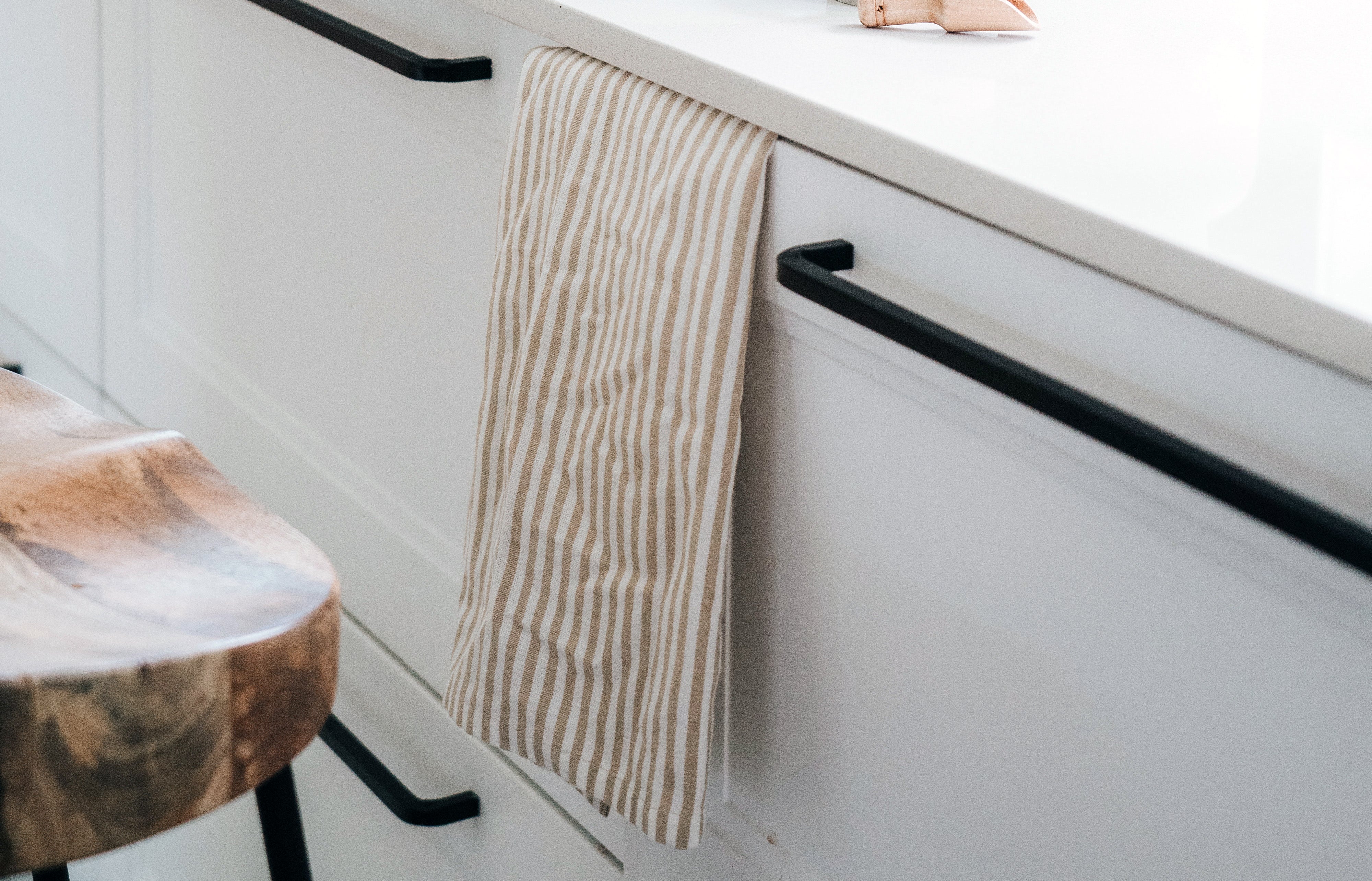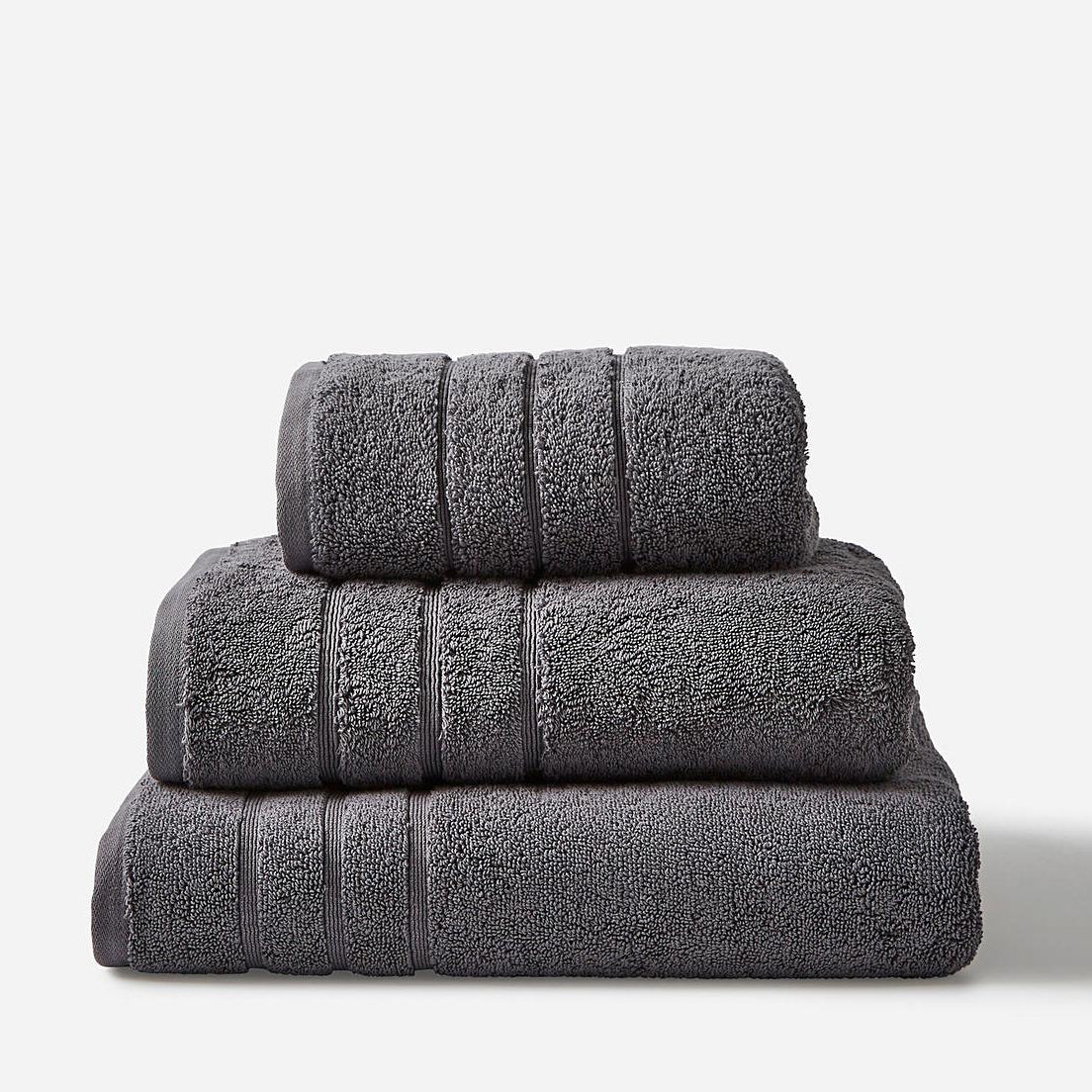From the Turkish Baths to our every day lives, the history of the humble bath towel is a story of evolution.
As times change and the desires of the consumer has evolved, so has the types and range of towels that are now available on the market.
You can now find and choose from a vast range of patterns, elaborate designs and colours as well as different materials ranging from traditional cotton to microfibre polyester, bamboo to hemp. There really is so much choice.
You also have a variety of different sizes of towel from face cloths to hand towels, bath towels to bath sheets and of course the trusty beach towel to travel on holiday with.
In this blog, we will provide you with a brief history of the towel and how its style and availability has changed over the years.
Bursa was the birthplace
Historians tend to be in agreement, giving Turkey the credit for the origin of the towel.
Specifically, the north western city of Bursa, the fourth-most populous in Turkey, is believed to be where towels were first created and used in thermal baths.

This takes us back to the Ottoman Empire, with the first towel believed to have been made some time ago during the 17th century.
The country is still highly regarded today for its textile industry, with high quality Turkish Cotton used to create many of the towels that are on the market, including our premium Hotel Towels.
And because of their long and established history of textile production, as of 2020, Turkey ranked as the fourth largest global textile exporter behind China, the European Union and India.
What inspired the creation of the towel?
Beginning as a simple, often hand-woven piece of cotton fabric known as a pestamal, the use of towels was initially seen as a sign of wealth.
The Ottomans, who were ruling Turkey at the time, were and still are widely regarded as being expert carpet weavers.
And it was their influence and craftsmanship that created loops rising from the towel pile, known nowadays as terry cloth.
This is why most people could not afford the cost of a towel at the beginning, because each piece was uniquely woven by hand, limiting availability and also costing more due to the time that was taken to make them.
This was in line with the people who used to frequently visit thermal baths in Bursa, with only the upper class using them and needing the towels to dry off successfully after a soothing steam bath.

And even today, Bursa is still home to a number of thermal baths, where mineral-rich spring water and sometimes seawater is used to give medicinal baths.
Towels began as a thin woven piece of fabric, and were often very narrow and made from cotton.
They were an absorbent towel and an extremely light weight cloth, which meant they dried quicker and were easy to use and carry around.
Towels became more readily available in the 1900s
As the Ottoman Empire continued to grow, so did the demand for towels.
Slowly but surely they became larger in size, big enough to wrap around your entire body.
Having previously been very expensive, during the 1900s the price of towels came down to a more affordable price for virtually every family, and were also becoming more readily available in many shops, and were soon being used in homes across the world.
This was due to the rise of the cotton trade, industrialisation and the ever-growing textile industry, with more and more towels being manufactured.

This is also when designers began working with those expertly crafting the towel, creating a range of patterns and designs that varied significantly from the once plain woven piece of cotton.
Towels are now part of every day life
As we mentioned above, owning a towel was once seen as a sign of affluence.
Nowadays, its difficult to imagine our every day lives passing by without using a towel. That's how much we've come to rely on them.
Whether its drying hands, soaking off water after a relaxing bath or hot shower, or even using tea towels or a dish towel in the kitchen, towels are now used for a wide range of reasons.

We can also use towels, whether that be through colours or designs, to shape the feel of our homes and bathrooms, or adding a statement piece in a muted room.
Changing linen in the bathroom is a cheaper way to update it's aesthetic, without worrying about the expense of changing any of the fixtures or fittings.
Beach towels have a slightly shorter history
Despite towels dating back to the 17th century, the beach towel did not become popular until the 20th century.
Rather unintentionally, it may have been the French fashion trailblazer Coco Chanel who was responsible for the advent of the beach towel.

You can read more about how this happened and the types of beach towels on the market today in one of our previous blog posts.
As well as this, we explain what the difference is between beach towels and bath towels in another of our blog posts.


